
In January 2013, Samsung filed for a trademark in Europe for the name “Eye Scroll” (No. 011510674). In February 2013, Samsung filed for the “Samsung Eye Scroll” trademark in the U.S., where it described the service as “Computer application software having a feature of sensing eye movements and scrolling displays of mobile devices, namely, mobile phones, smartphones and tablet computers according to eye movements; digital cameras; mobile telephones; smartphones; tablet computers.”
Samsung also filed for the trademark “Eye Pause,” without describing what the feature does.
But Samsung may not be the only player with this cool feature. A tech company called Tobii, which received $21 million in funding from Intel last year, has been working on a technique that uses infrared sensors to track precise eye movements.
Although eye tracking systems have been in development for a while, it seems Samsung has finally cracked it. Current capabilities use the front-facing camera to know when a person is looking at the screen to keep the screen lit instead of
automatically dimming.
Interested to see how practical and accurate this feature will be.
Source: "Samsung’s New Smartphone Will Track Eyes to Scroll Pages", New York Times, March 4, 2013.http://bits.blogs.nytimes.com/2013/03/04/samsungs-new-smartphone-will-track-eyes-to-scroll-pages/
CKB Solutions is all about real solutions for the real world. To learn how we can help your business, contact Greg Kovacic in Hong Kong.






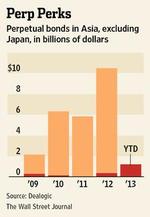



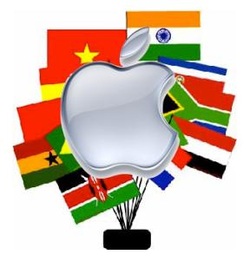

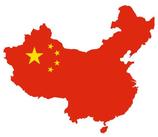


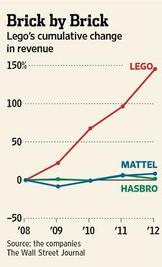
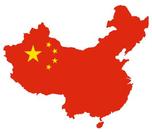


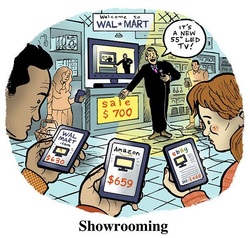

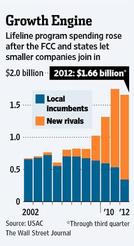

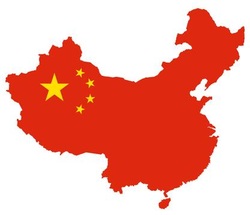




 RSS Feed
RSS Feed
